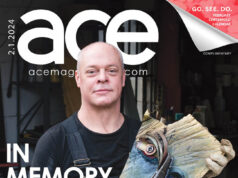January 1995
What Lexington Needs: Crystal E. Wilkinson – An End to Fear and Silence
By Crystal E. Wilkinson
Poet and Short Fiction Writer


We had watched as white folks that we had come to know as friends huddled in corners, locked doors and panicked for days—fearful of the unknown.
I must agree with my friend. Fear, coupled with silence, created that pot of hot water that reached its boiling point on the back burners of Lexington that October day. On the surface, it was about the unfortunate death of Antonio Sullivan, but beneath, it was nothing new.
It was not a new fear—not a new silence—but the same old fears and silences that had been brewing for many years. The fears and silences that allow people to form their own distortions of truth. When silence is embraced as a way of life, fear of those who are different from ourselves becomes a disdain for all that is not familiar.
Lexington must open its eyes, remove the veil of silence and allow the fear to dispel. By utilizing the power of voice, the boiling pot begins to cool. And voice can come in many forms—a conversation, a poem, and art piece. It’s dealing with only the familiar that keeps us silent and fearful.


It is within these “foreign” places that silences are broken and fears dispelled through an exchange of voices. Art can be a conduit for this voice exchange—read a book that you wouldn’t usually read, view a piece of art you usually wouldn’t look at, listen to a song that isn’t your type of music.
Fear could kill us all and silence is not golden.









